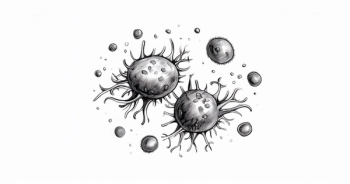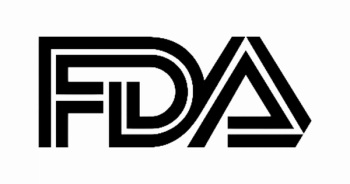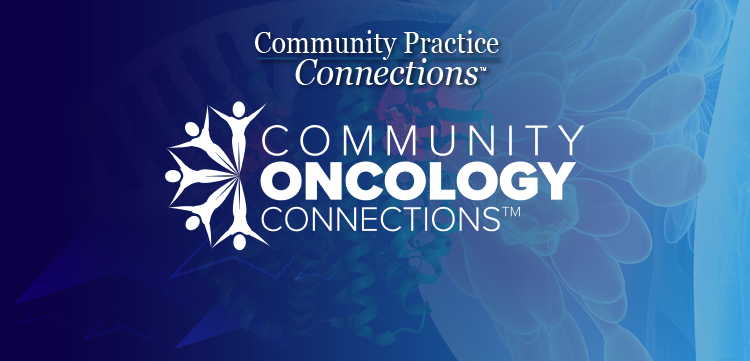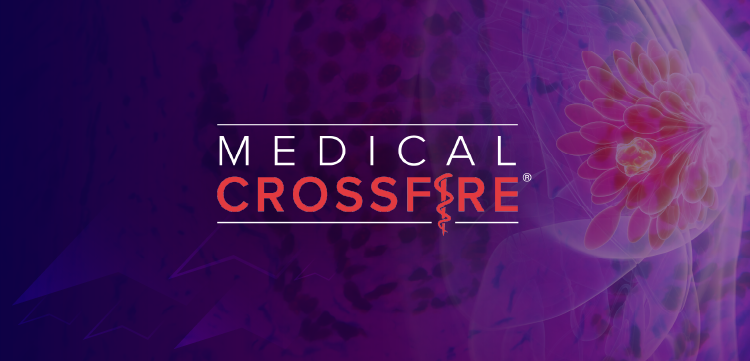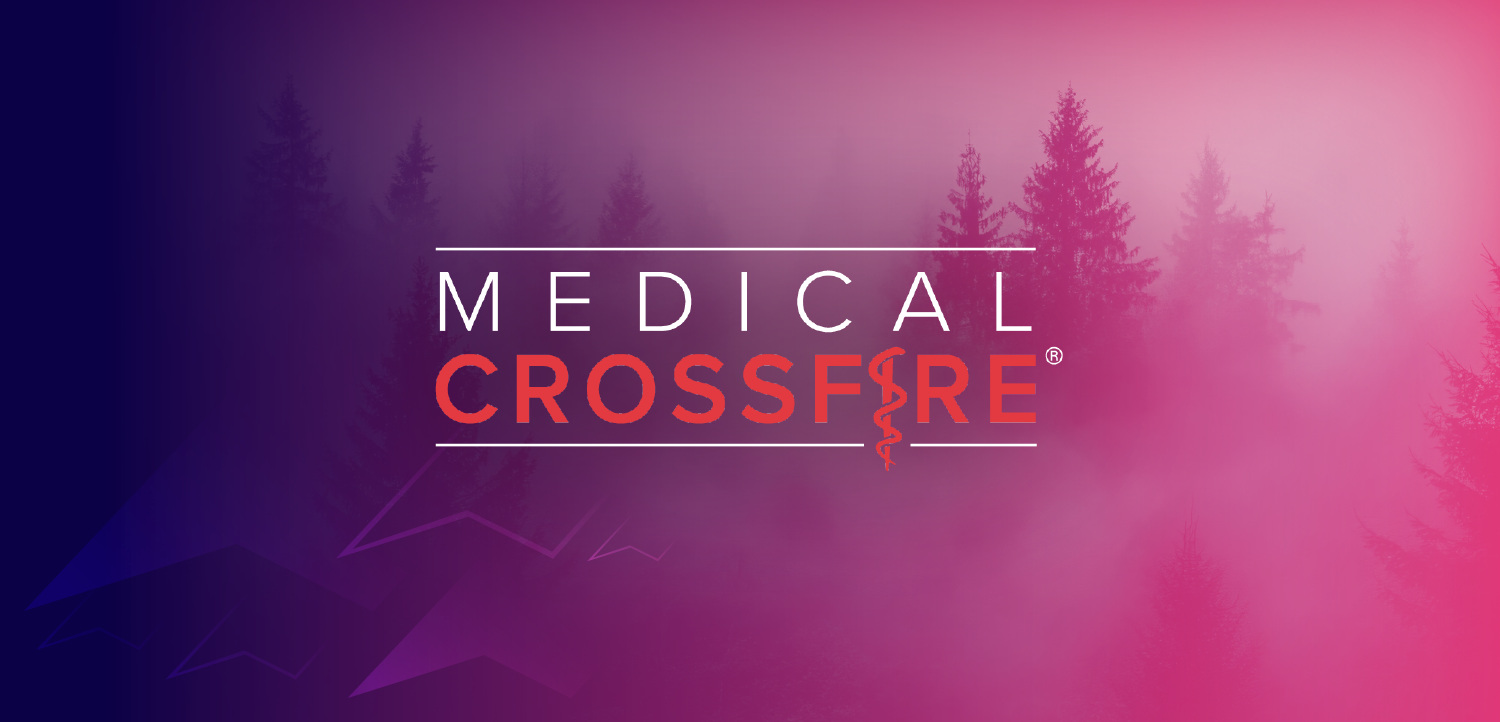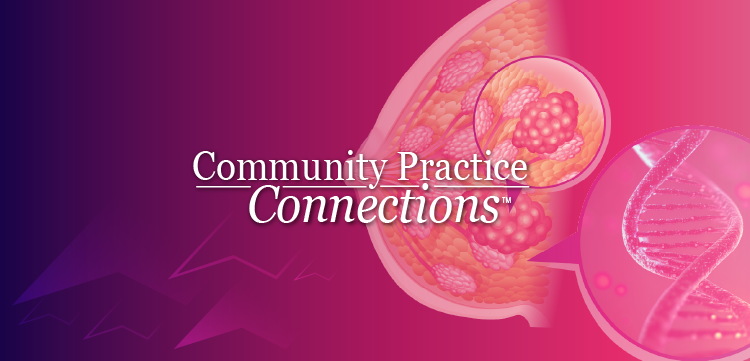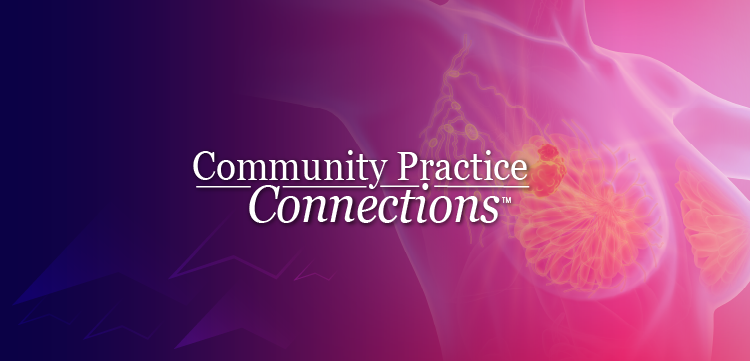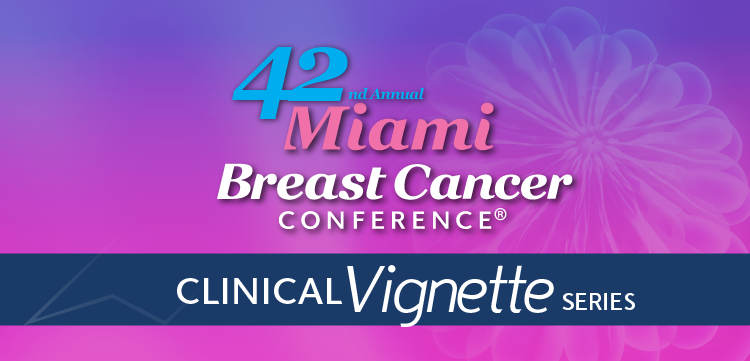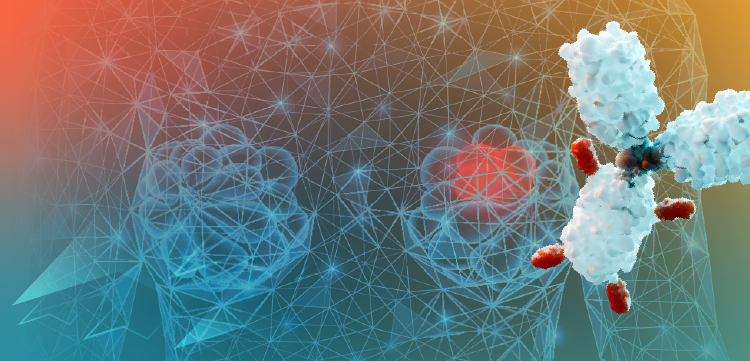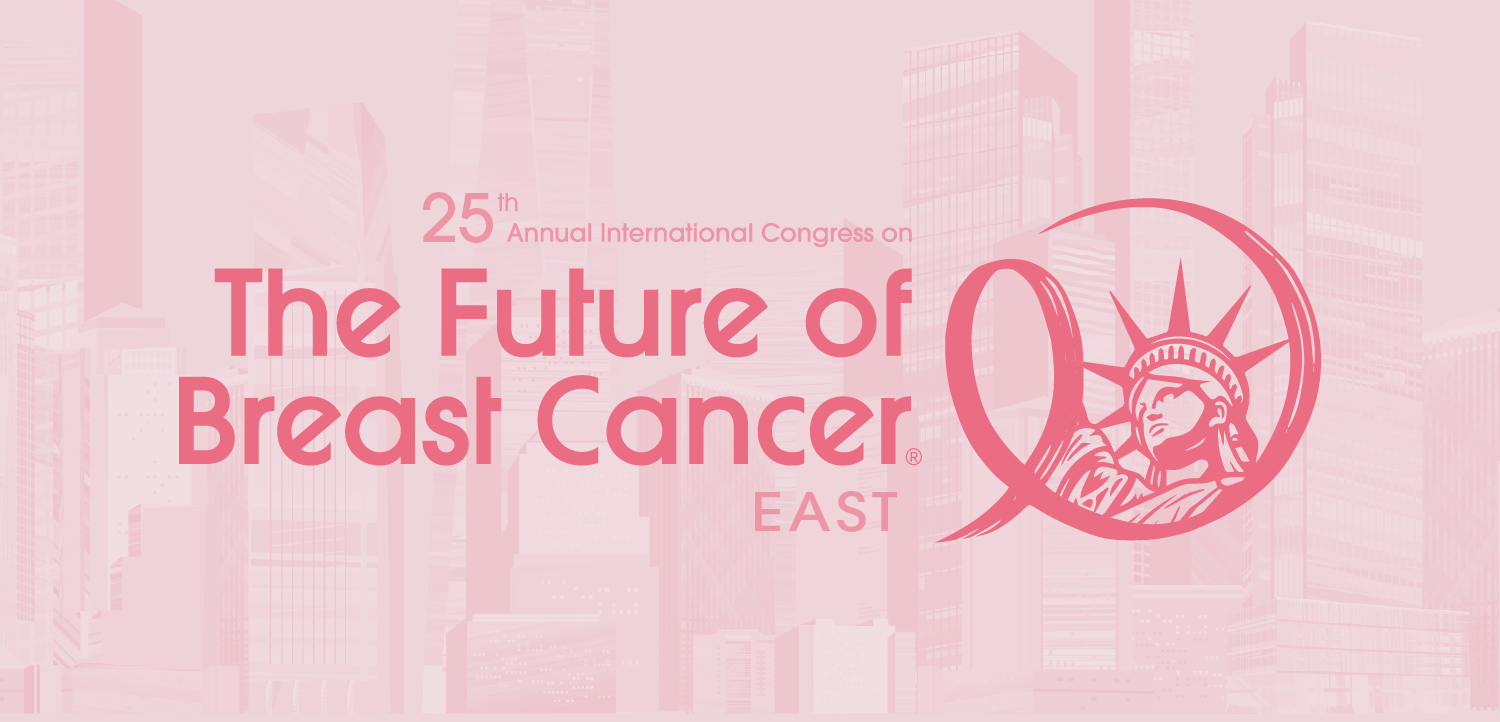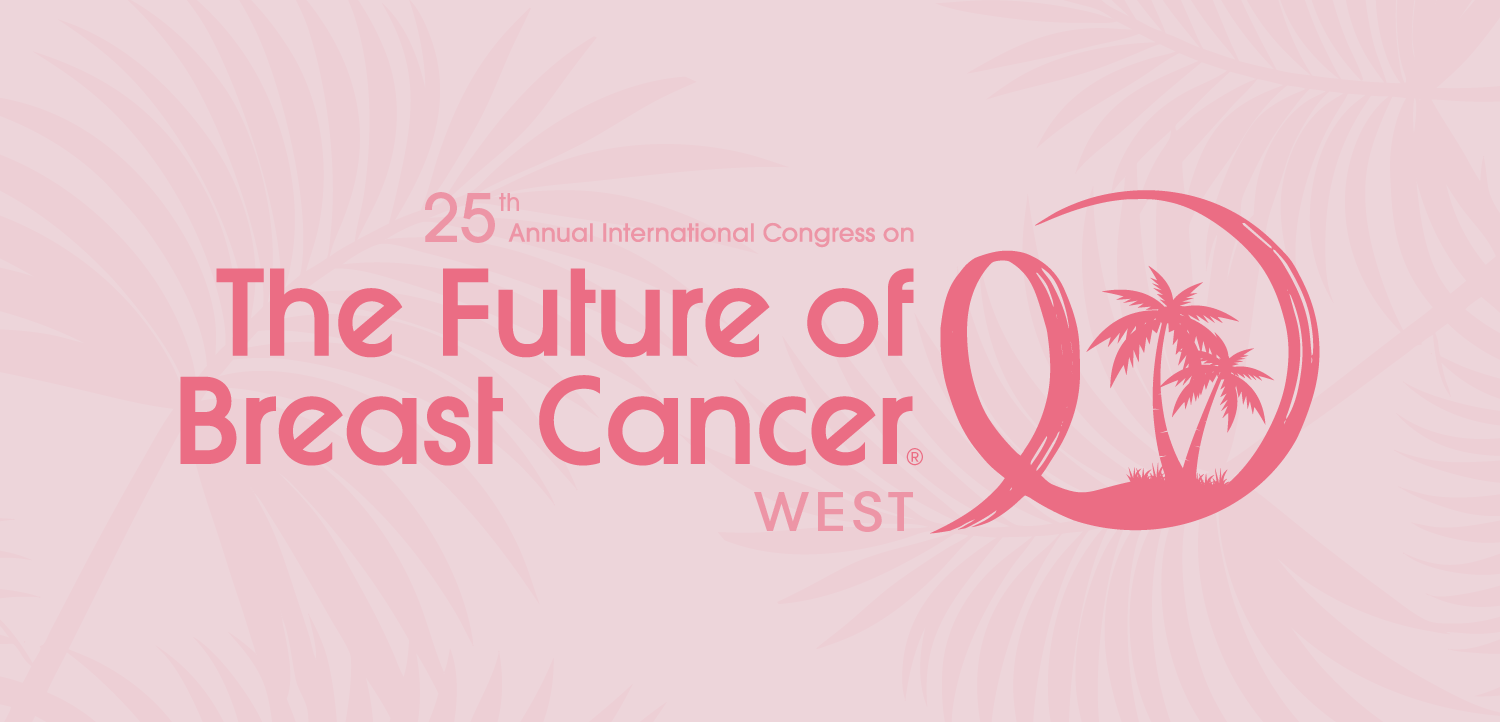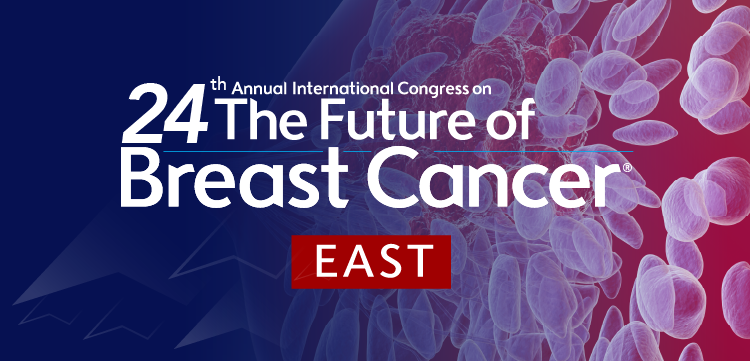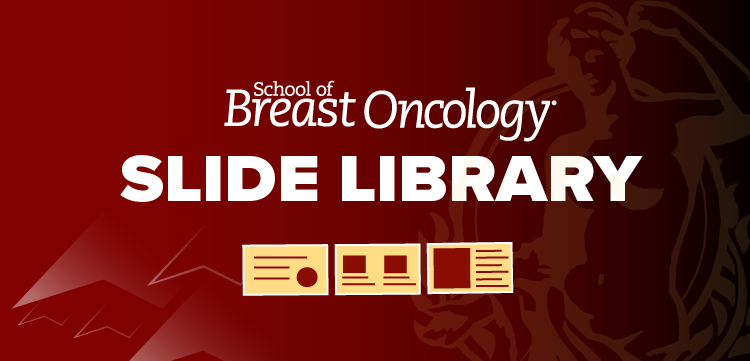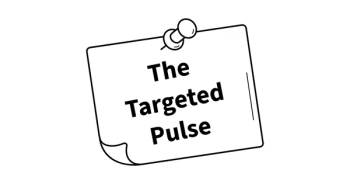
Paige PanCancer Detect Earns FDA Designation for Multi-Tissue Cancer Detection

Paige PanCancer Detect has gained FDA breakthrough device designation, a first for AI identifying diverse cancers across tissues.
- The FDA has granted breakthrough device designation to Paige PanCancer Detect.
- This AI-assisted diagnostic application aims to help pathologists with the detection of foci that are suspicious for cancer from multiple tissues and organs.
- This AI is the first to identify both common and rare cancers from diverse anatomical sites.
The FDA granted breakthrough device designation to Paige PanCancer Detect, an AI-assisted diagnostic application capable of identifying both common cancers and rare variants across diverse anatomical sites.1
Paige PanCancer Detect is designed to assist pathologists in detecting foci suspicious for cancer from multiple tissues and organs.2 In modern pathology labs, increasing service demands are outpacing the availability of trained pathologists. This multi-tissue application aims to streamline workflows, enhance diagnostic confidence, and deliver timely results to patients.1
This marks the first time that breakthrough status has been granted to an AI-enabled tool that can identify both common and rare cancers.
"By aiding in the identification of cancer cases and flagging potential diagnostic discrepancies, Paige PanCancer Detect allows pathologists to focus on the most critical cases, reducing time to diagnosis and accelerating patient access to treatment," said David Klimstra, MD, co-founder and former chief medical officer at Paige, in a press release.
The FDA's breakthrough devices program was established to speed up the development and review of innovative medical devices. This program specifically targets devices that offer more effective treatment or diagnosis for life-threatening or irreversibly debilitating conditions.
The FDA previously granted breakthrough device designation for Paige Prostate Detect. Similarly, Paige Lymph Node, designed to identify breast cancer metastases in lymph node tissue, also received breakthrough device designation from the FDA. Additionally, Paige FullFocus, a whole-slide image viewer, is FDA-approved for primary diagnosis.
"Paige is committed to developing AI solutions that not only drive innovation but also adhere to the highest regulatory standards," Razik Yousfi, chief executive officer and chief technology officer of Paige, said in the press release.1 "This achievement underscores our leadership in building clinical applications that set a new benchmark for regulatory excellence, ultimately improving patient care and shaping the future of pathology."
References:
U.S. FDA grants Paige breakthrough device designation for AI application that detects cancer across different anatomic sites. News release. Paige. April 3, 2025. Accessed April 4, 2025.
https://tinyurl.com/ynwfjcvw Ai assisted diagnostics. Paige. Accessed April 4, 2025. https://www.paige.ai/diagnostic-ai


